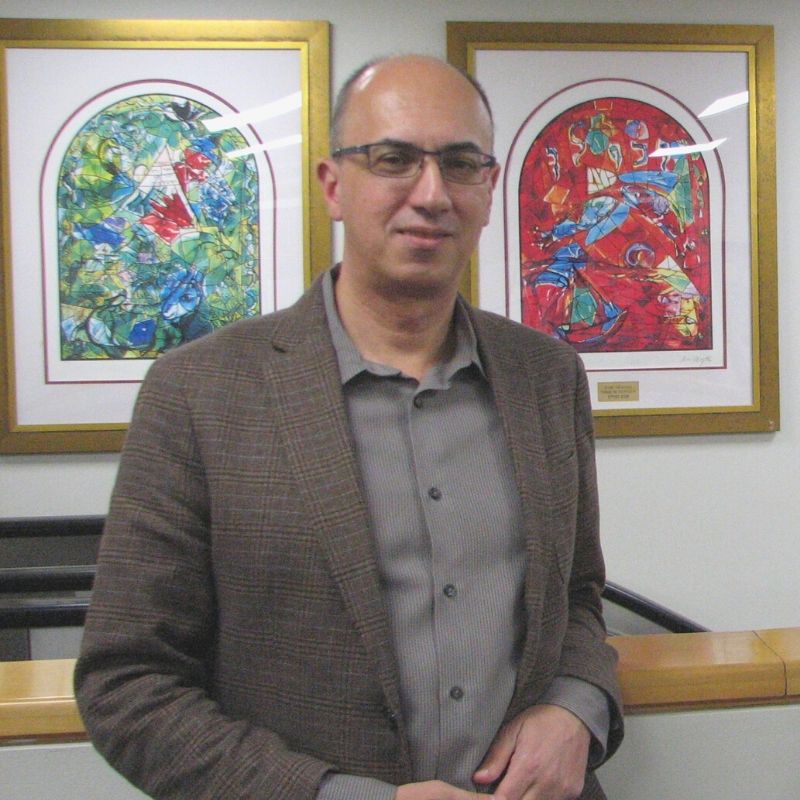Marian Gidea
1. Can you introduce yourself in a few lines?
I am a Professor and Chair of Mathematics at Yeshiva University in New York City.
My area of expertise is dynamical systems and applications. I have co-authored two books, co-edited seven volumes, published over 50 articles, and participated as an invited speaker in more than 50 international conferences. In addition, I have co-organised more than 15 conferences and symposia, and served on four editorial boards. I have a track record of research grants from NSF, NASA, NIH, the US Department of Education, and the Alfred P. Sloan Foundation.
I am originally from Romania. I came to the United States to pursue a doctoral degree in Mathematics in 1993, when I was 26 years old, which is precisely Samuel’s age now.
I can only presume that Samuel’s experience as a newcomer to the US these days is quite like my own experience at that time.
2. What can you tell us about Yeshiva University?
Yeshiva University is a New York City based, private university under Jewish auspices. There is an exceptional tradition in Mathematics and Physics - former members of Yeshiva University include Paul Dirac, Freeman Dyson, Roger Penrose, Joel Lebowitz, and Elliot Lieb. Today’s faculty and students strive to continue this unique legacy.
3. How did you end up teaching at a CIMPA School? And why?
I was one of the organisers of the CIMPA school in Benin 2018, the theme of which was Dynamical Systems and Applications. One of the major supporters in organising this CIMPA school was Professor Wilfrid Gangbo (University of California, Los Angeles), who is originally from Benin.
4. Why did you keep in touch with Samuel? Have you kept in touch with other participants?
The CIMPA school provided a truly fantastic environment, where I made many friends among the students and the faculty from West Africa. Besides Samuel, I have kept in touch with several other participants. Samuel’s potential for research, demonstrated by several published articles, is what really impressed me, and garnered my interest in working with him.
5. How did you find funding for Samuel? Was it difficult?
Part of the financial support came from the US National Science Foundation (NSF). Obtaining NSF funding is extremely competitive. Another part was from the Yeshiva University’s Katz School of Science and Health.
6. What advice can you give to students and teachers who would like to find a scholarship?
Students seeking scholarships should be able to prove that they have both the knowledge and the drive to pursue advanced mathematics, and show that they possess the creative potential that is necessary for research.
7. How do you see mathematics in Africa today? What do you think are the solutions to contributing to its growth?
The students whom I met at CIMPA were not only passionate about science, but also concerned about how to use mathematics to help Africa. I believe that the young generation in Africa has enormous potential and will find solutions for the betterment of society.
Click here to learn more about Marian.

